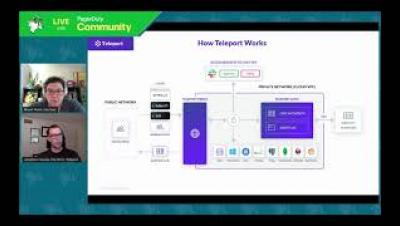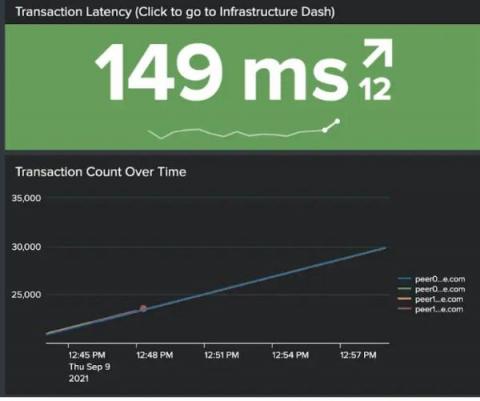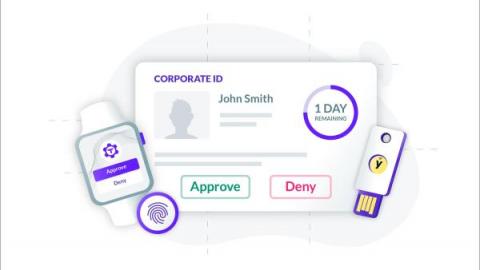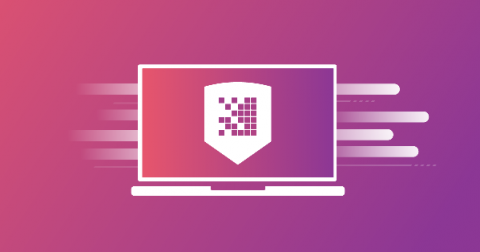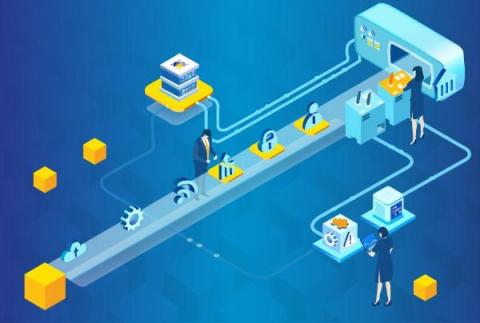WhiteSource Research: Fixing Vulnerable npm Packages Quickly and Painlessly
Over the past few years organizations have been shifting security tools and practices left to ensure that application security is addressed from the earliest stages of the software development life cycle (SDLC). These efforts also increasingly cover open source components, which comprise up to 80% of our software products.



